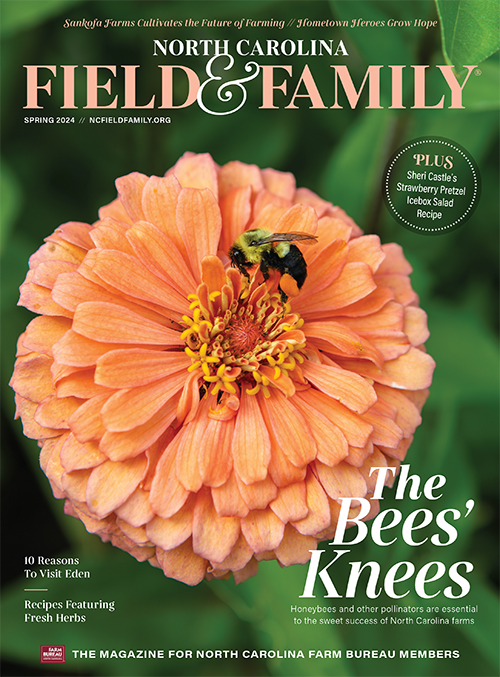Environmentalism Branches Out
Tree farmers win national sustainability award as they continue family legacy and create a public classroom on forestry.
Nancy Dorman Hickson |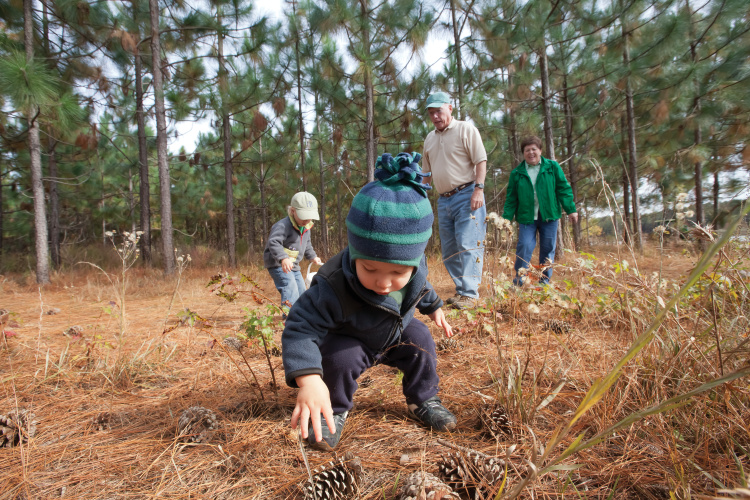
“I guess there’s a certain amount of pride in being an owner of anything,” says Dwight Batts of Wilson County. As for land, “it’s more like we are stewards.”
A few years before he retired from Abbott Laboratories in 1998, Dwight and his wife, Judy, began caring for the pine forest his father started in 1984.
“He was always looking at the edge of things,” says Dwight of his father. When he realized continued row-crop farming meant getting bigger and accruing debt, the elder Batts decided to plant trees instead.
Dwight and Judy took that vibrant legacy and expanded it. They now manage a wildlife-rich 375 acres, including a 12-acre pond, 15 acres of cleared land, 7 acres of wildflowers, grasses, and clovers to support bees and insects, and the rest of the acreage is devoted to trees. They live on the property and consider it both a family inheritance and a public educational tool.
For their efforts, they were named the 2014 National Outstanding Tree Farmers of the Year, awarded through the American Tree Farm System (ATFS), a program of the American Forest Foundation. Some 82,000 ATFS family forest owners sustainably manage 24 million acres of forestland in 45 states.
The Batts Farm win was “surprising” and “humbling,” Dwight says. But no one familiar with the North Carolinian’s work was taken aback. Like his father, Dwight is a visionary.
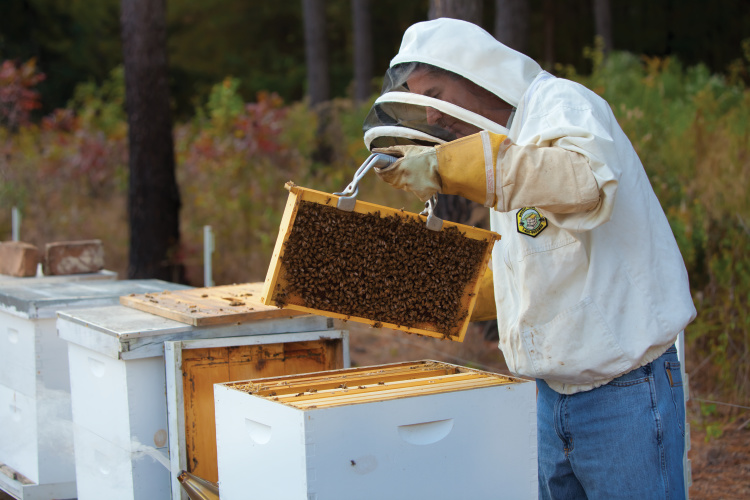
“When we pass the property on to our family, we want to make sure that it can take care of itself,” Dwight says, “providing income so it’s not a burden.” As such, he has implemented a top-notch farm management system to ensure healthy trees, diverse markets and wildlife support for generations.
Their four adult children – Lisa, Dawn, David and Kathy – and their families devote time to working the honeybee hives, the quail, the duck and bluebird projects, and to cleaning up invasive plants. David rents more than 100 of the beehives to producers who depend on honeybees for pollination. Along with Dwight and Judy, two of their four adult children live on the property, and the other two visit often to fish, hike, share picnics and carry out property-related projects.
A Man With a Plan
Even before he became an ATFS member, Dwight incorporated the organization’s four management cornerstones, focusing on healthy timber, wildlife, water and recreation.
His plan includes growing 60 acres of longleaf pine, a native tree that was decimated by the building boom following World Wars I and II.
“They cut down literally almost every usable tree to build railroads, houses and office buildings,” Dwight says. Longleaf, straight and insect-resistant, proved perfect for the task. The U.S. Forest Service simultaneously received a directive to limit forest fires, a devastating combination of events. “Longleaf pine is a fire-dependent species,” explains Dwight, who is trained as a certified burner and uses prescribed fire all over his farm every three years. “About 97 million acres of longleaf pine in the South went away.”
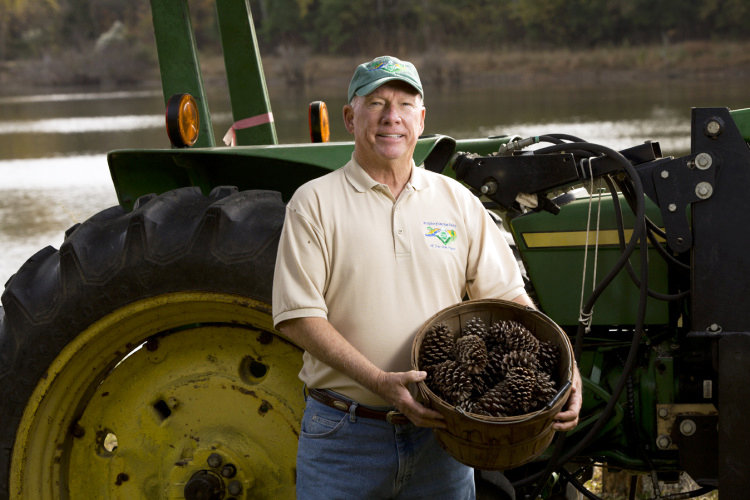
Dwight’s primary reason for planting any tree species – including longleaf, loblolly pine, cherry bark oak, cypress, or white cedar, as his property produces – is economical.
“Our No. 1 priority is always wood production,” he says. Timber diversity better ensures sales in future markets for his family. “Everything we’ve gotten out of the farm, we’ve put back into it to make it complete and sustainable.”
Beyond that, their decisions take into account sustaining the property as woodland.
“Judy and I put 55 fragile acres of the farm into a permanent conservation easement,” he says. “It’s one way to be sure it stays a forest.”
The Battses also spend considerable time educating people.
“People are beginning to recognize the critical role forests are playing,” Dwight says. “They’re producing oxygen, food, wildlife, and cleaning up the water and protecting the soil. If you believe in global warming, forests are certainly doing their part to moderate that effect.”
Sometime last year, Dwight and Judy figured they’d hosted more than 1,500 people on their farm over the past decade, including schoolchildren, rescue dog training classes, Boy Scouts, forestry groups, politicians and people from other countries. Another 800 visited from January to May 2016 alone.
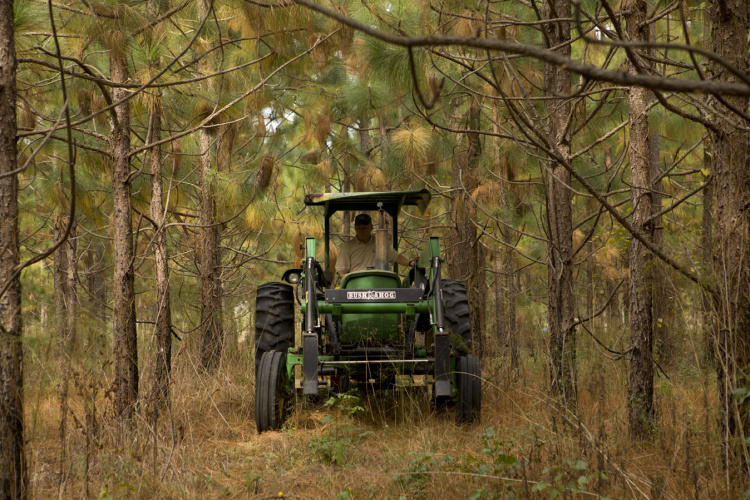
“It requires constant work to keep everything ready, so when people do come, they’re seeing how it can work,” he says. Dwight also spends much of his time volunteering for forestry and water-related boards at the national, state and local level.
What motivates him?
“I think it is a spiritual commitment between us and the Lord,” he says. “He gave the land to us, and we’re going to give back the best way we know how.”
– Nancy Dorman-Hickson


